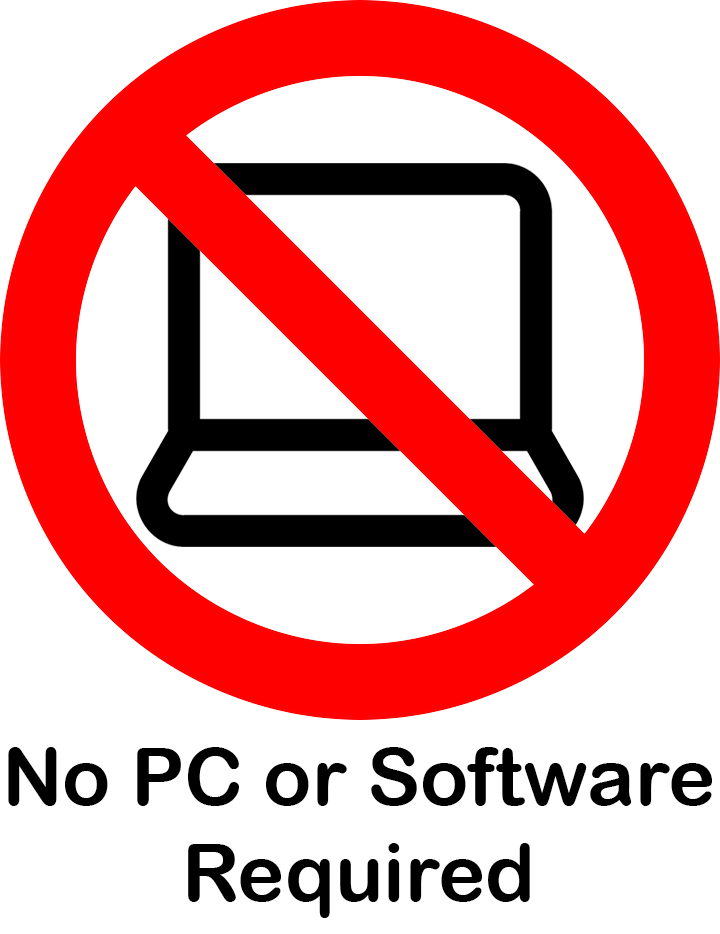Digital Gas Sensorsfor 21 different gas types
for 21 different gas types

key sensor features
This sensor is designed for detecting the presence and level of specific gas concentrations in mission critical applications.
A sensor is assembled and programmed to detect one of the 21 different gas types we support:
C2H4, CH3SH, CH4, CL2, CO, CO2, ETO, H2, H2S, HCL, HCN, HF, NH3, NO, NO2, O2, O3, PH3, SO2, R134a
A sensor is assembled and programmed to detect one of the 21 different gas types we support:
C2H4, CH3SH, CH4, CL2, CO, CO2, ETO, H2, H2S, HCL, HCN, HF, NH3, NO, NO2, O2, O3, PH3, SO2, R134a
 - measures gas in particles per million (ppm)
- measures gas in particles per million (ppm)- compact plug & play sensor.
- designed for indoor use.
- steel enclosure.
- industrial grade.
- 0u rack, DIN rail or wall mountable sensor.
- plugs into the base unit.
- powered by the base unit.
- alerts via SNMP Traps, email or SMS.
- wired or optionally wireless.
- integrates over IP using Modbus TCP, SNMP, XML, JSON.


21 different gas types
Digitally measures the levels of following airborne gasses:
Ammonia
NH3
0-5,000 ppm
Carbon Dioxide
CO2
300-10,000 ppm
Carbon Monoxide
CO
0-1,000 ppm
Chlorine
CL2
0-100 ppm
Chlorine Dioxide
CLO2
0-50 ppm
Ethylene
C2H4
0-100 ppm
Ethylene Oxide
ETO
0-500 ppm
Formaldehyde
CH2O
0-10 ppm
0-40,000 ppm
Hydrogen Chloride
HCL
0-50 ppm
Hydrogen Cyanide
HCN
0-50 ppm
Hydrogen Fluoride
HF
0-10 ppm
Hydrogen Sulfide
H2S
0-200 ppm
Methane & LNG
CH4
300-10,000 ppm
Methyl Mercaptan
CH3SH
0-10 ppm
Nitric Oxide
NO
0-250 ppm
Nitric Dioxide
NO2
0-300 ppm
Oxygen
O2
0-25 % VOL
Ozone
O3
0-20 ppm
Phosphine
PH3
0-1,000 ppm
Propane
CH3SH
300-10,000 ppm
Sulfur Dioxide
SO2
0-200 ppm
Refrigerant Gas
R-134a
5-100 ppm

Detect abnormal gas released by equipment
trying to catch issues before it's too late
Smoke sensors are deployed to monitor for fires and try to catch them quickly.
Prior to smoke and fire, there might be a release of gasses. The type of gas depends on the type of equipment that has an abnormality.
Using a gas sensor abnormal gasses can be sensed to trigger an alert before actual smoke is detected by the fire safety system.
An example are batteries. Lead acid batteries may release Hydrogen gas. H2 at more than 4% reaches the LEL and may become explosive.
Learn more on our fire prevention features
Prior to smoke and fire, there might be a release of gasses. The type of gas depends on the type of equipment that has an abnormality.
Using a gas sensor abnormal gasses can be sensed to trigger an alert before actual smoke is detected by the fire safety system.
An example are batteries. Lead acid batteries may release Hydrogen gas. H2 at more than 4% reaches the LEL and may become explosive.
Learn more on our fire prevention features


A complete tailored gas solution
for monitoring, reporting, alerting & control

The illustration on the left shows a possible customized implementation of the gas sensor in an outdoor environment powered by solar panel and with wireless LTE/3G/2G connectivity.
Our integrators or our own special projects team help you with creating a solution based on our sensor platform that matches your application.
Learn more on our special projects team
Our integrators or our own special projects team help you with creating a solution based on our sensor platform that matches your application.
Learn more on our special projects team

calibration & bump testing
Prior to shipping every gas sensor is manually tested in our lab against calibrated gas.
For bump testing we offer the optional SPARE-GAS-BUMP adapter which is mounted on to the sensor. It enables you to self test the sensor at intervals to ensure its operation within your own safety & operational requirements. Do note that each bump test impacts the sensor life span and accuracy. Incorrect bump testing may permanently damage the sensor.
For bump testing we offer the optional SPARE-GAS-BUMP adapter which is mounted on to the sensor. It enables you to self test the sensor at intervals to ensure its operation within your own safety & operational requirements. Do note that each bump test impacts the sensor life span and accuracy. Incorrect bump testing may permanently damage the sensor.


modular architecture

A modular architecture enabling you to integrate it with your on-premises monitoring systems using IP based industrial protocols like Modbus TCP and SNMP. Optional add-on to connect sensor data to a Modbus RTU controller. With our optional and special firmware the base unit can connect to a MQTT provider of your choice.
With the output controls of the SensorHub, the system can on its own take corrective actions when threshold levels have been detected. For example you can start a fan as soon as a specific is detected.
With the output controls of the SensorHub, the system can on its own take corrective actions when threshold levels have been detected. For example you can start a fan as soon as a specific is detected.


